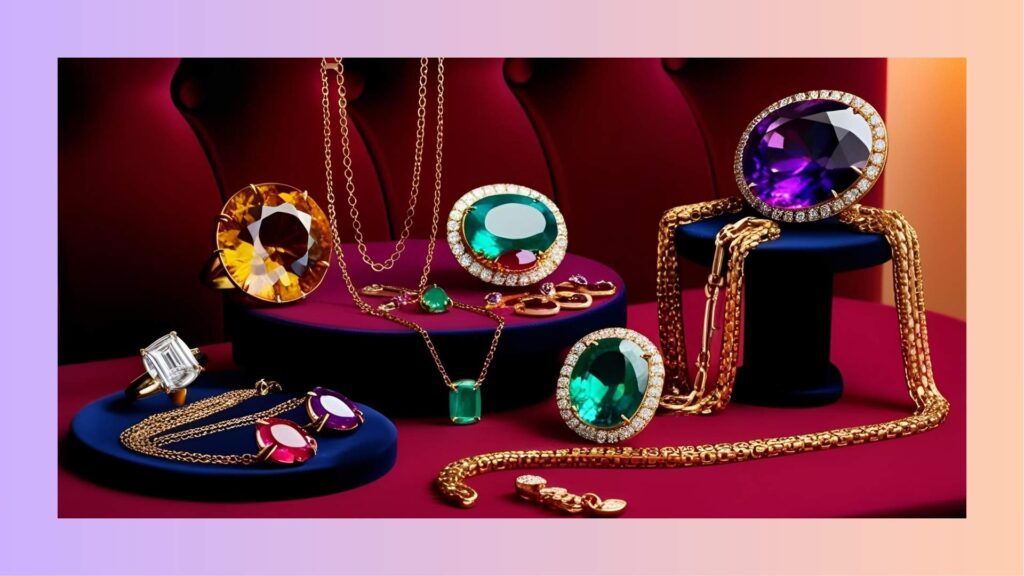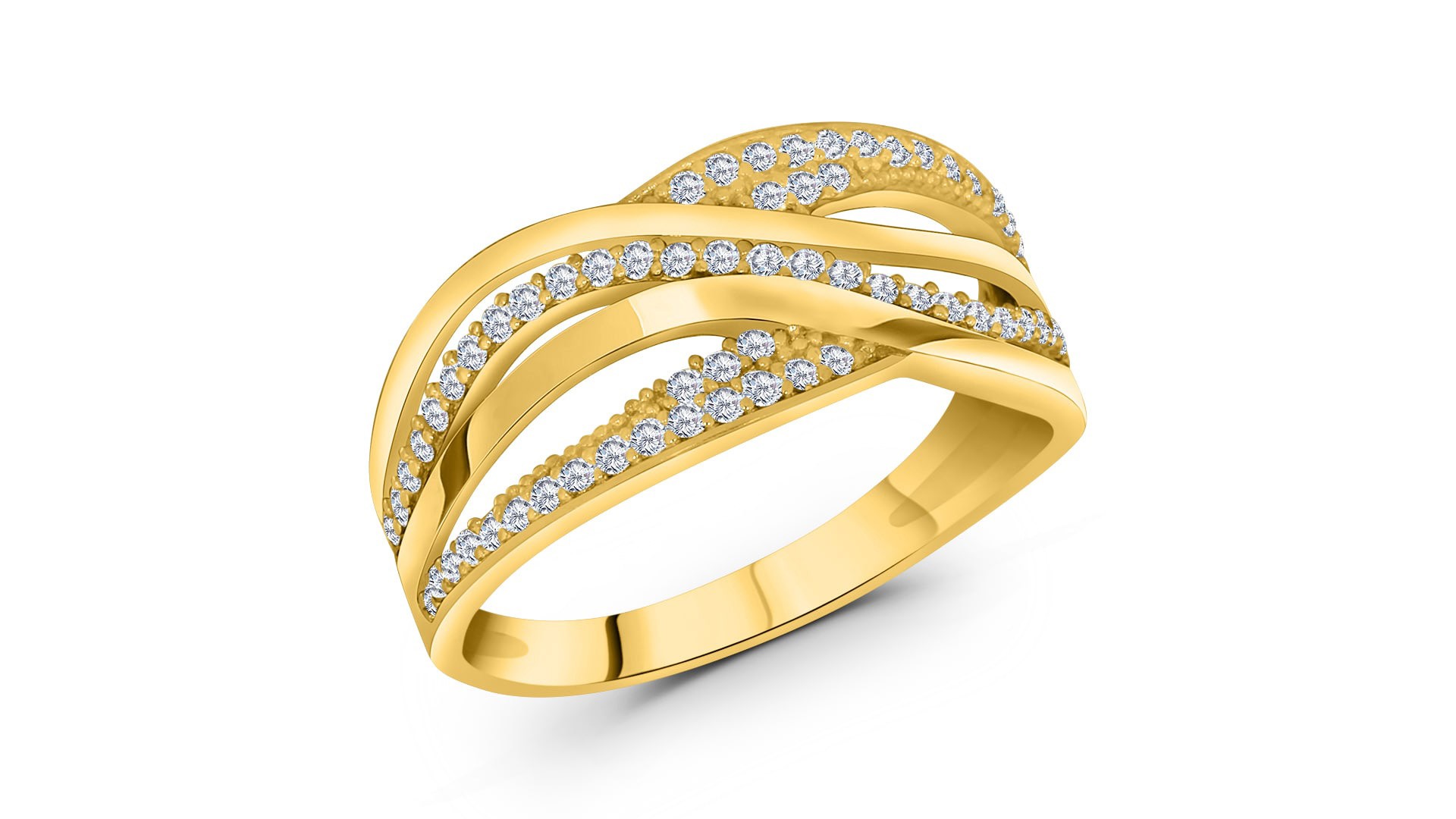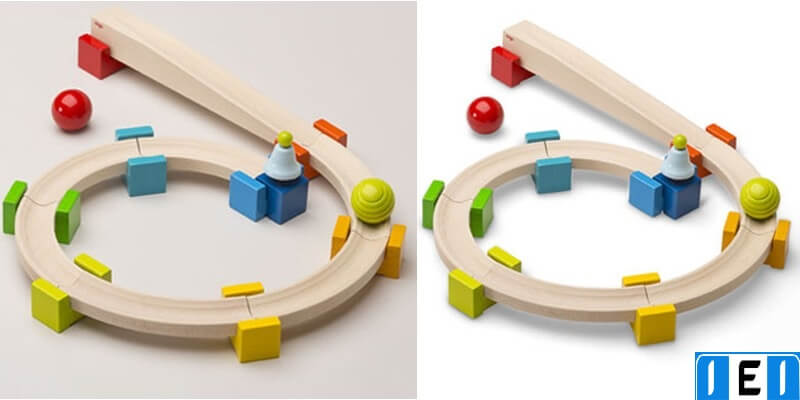Even with the best camera equipment, are you dissatisfied with the professional spark lacking in your jewelry photos? Particularly in still-life environments, many jewelry companies and photographers battle to make their creations stand out. The problem usually comes down to composition, your images’ silent storyteller.
Your jewelry still life photography can go from flat to fantastic with the correct composition methods; it will grab attention, boost conversions, and accentuate brand aesthetics.
Why Composition Matters in Jewelry Still Life Photography
Excellent jewelry still life photography is built on composition. Whether you’re showing a minimalist necklace or a diamond ring, the way the components are set will either enhance or ruin the picture. A well-made picture tells a visual narrative that fits your brand and points the observer straight to the jewelry. Conversely, bad composition might lead to missed emotional impact and cluttered images.
Particularly in jewelry sales, images greatly affect purchase decisions in the competitive e-commerce sector of today. Justuno claims that 93% of consumers base much of their purchasing decisions on visual appeal. You cannot afford to overlook composition then.
Using the Rule of Jewelry Still Photography
In jewelry still photography, the traditional compositional guideline of third rule is See your picture split in nine equal sections with two horizontal and two vertical lines. Setting the jewelry at the intersection of these lines creates natural focal point and dynamic energy.
This is especially useful when photographing off-center pieces or including props. It helps to avoid stationary images and lets viewers explore the entire frame.
Businesses that apply this approach discover better interaction especially in product catalogues and advertising banners. For example, putting a pearl earring in the top-right third with a soft floral prop in the lower-left gives both structure and elegance.
Top 10 Composition Rules
Mastering jewelry still life photography requires understanding the golden rules of composition.
Here are 10 essential rules to master:
- Rule of Thirds: Create nine equal sections out of your frame. For visual balance, arrange the jewelry at cross-roads.
- Leading Lines: Call the eye toward your subject with shadows or props.
- Negative Space: Let your jewelry to breathe.
- Symmetry & Asymmetry: Create harmony and interest using both symmetrically and asymmetrically.
- Framing: Framing your work with leaves, boxes, or mirrors will help you.
- Fill the Frame: Especially with complex pieces—get close for impact.
- Contrast: Set shiny metals against matte backgrounds for pop.
- Balance: Share visual weight fairly.
- Focus Points: Make sure the jewelry is the sharpest point.
- Hierarchy : Guide the observer from the most to least significant component using hierarchy.
Every rule helps a picture to be coherent and aesthetically appealing. Using the rule of thirds, for example, helps highlight important details; negative space guarantees the jewelry doesn’t feel cramped.
Jewelry Still Life Photography: Balancing Color and Shape for Better Shots
A good jewelry still life photography arrangement goes beyond a nice background. It’s about striking visual harmony by juggling shape and color. For contrast without overpowering the scene, for example, putting a round gold pendant on a textured teal backdrop
Furthermore, important is color theory. Whereas analogous tones (like pink and red) provide a soft, romantic feel, complementary colors—like blue and orange—add vibrancy. Shapes also complement one another. While vice versa, angular props can help to highlight circular jewelry.
Props That Elevate Your Jewelry Life Photography Composition
Your jewelry life photography can be either perfect or ruined by props. Used properly, they give an otherwise simple product shot context, emotion, and narrative. Consider antique boxes, silk cloth, or simple stones.
The secret is to be subtle. Props should accentuate the jewelry, never overwhelm it. For instance, starting with a soft linen cloth will add texture while still emphasizing the jewelry.
Styling Techniques That Transform Jewelry Still Life Photography
Style is the secret ingredient that turns everyday to spectacular jewelry still life photography. Whether luxury, bohemian, or basic, the suitable styling techniques not only accentuate the jewelry but also match the brand tone.
One smart approach is laying. For example, seeing a bracelet next to matching rings and earrings gives viewers a whole styling idea. Textues like velvet or marble allow one to add depth and sophistication as well.
Keeping visual balance and symmetry, place delicate pieces with tweezers or styling clay. Combining artistic vision with technical grace guarantees every shot at Image_Expert_India is perfectly styled.
Jewelry Still Photography: Flat Lay vs. Vertical Composition Styles
The experience of the observer in jewelry still e photography can be much influenced by your choice of viewpoint, either horizontal or vertical. Perfect for website banners or Instagram grids, flat lay shots, taken from above, give a neat, editorial appearance. Vertical compositions, on the other hand, let one explore narrative and depth.
Flat lays look great for symmetrical designs or when several products are involved. Vertical compositions shine when stressing one object with glass stands or hanging elements.
Jewelry Still Life Photography: Using Shadows and Reflections Effectively
There is still a sophisticated layer in jewelry still life photography from shadows and reflections. Smart photographers choose them specifically instead of running from them. A soft shadow under a ring or a subdued reflection on a glossy surface will highlight form and shine, so adding realism to the image.
Natural light creates the most beautiful shadows most of the times. On a controlled studio setting, however, you can also create this effect with diffused artificial lighting. Reflective surfaces like glass, polished stone, or acrylic look good.
How Backgrounds Impact Composition
Often the unsung hero of jewelry still photography is the backdrop. A well selected background defines the product, sets the context and mood. Neutral colors like white, gray, or beige go great for e-commerce. For editorial shots, meanwhile, colored or textured backgrounds are absolutely great.
Make sure the background either accentuates or takes front stage with the jewelry. Cooler backgrounds like navy or charcoal contrast the gold pieces. Harmony for silver can come from warmer tones.
Arranging Multiple Pieces Creatively
Common in jewelry still photography is photographing several objects in one frame, but doing it right calls for careful preparation. When grouping objects—such as a necklace, bracelet, and earrings—place them to highlight each one individually and also display them as a set.
Working with consistent alignment, symmetry, and spacing, Probes can either help to separate objects or establish thematic links. One can emphasize elegance by setting a watch on a book with leather binding.
Jewelry Still Life Photography Composition Tips for E-commerce Success
E-commerce calls for accuracy in still life images of jewelry. Directly affecting click-through and conversion rates are clear, consistent, well-written product images. Online jewelry shopping is not touch-able, thus your images must be convincing.
Throughout product categories, use a consistent aspect ratio and composition style. Emphasize accuracy and simplicity. Steer clear of cluttering backgrounds. Every component of the frame should help to emphasize the jewelry.
Jewelry Life Photography: Texture, Contrast, and Visual Balance
In jewelry life photography, texture and contrast are rather effective instruments. They improve the attractiveness of the jewelry by adding visual interest and complexity to the picture. Dynamic contrast results from mixing soft textures like cloth with hard materials like metal.
Contrast spans materials, finishes, and light in addition to color. Emphasize matte textures with soft lighting; highlight sparkle or shine with hard lighting. Always keep balance; too much contrast can overwhelm; too little will flatten the picture.
Using Color Theory in Jewelry Still Life Photography Composition
Jewelry still life photography is much enhanced by color theory. Selecting the appropriate color scheme for your composition can arouse feelings and point viewers’ attention exactly. Whereas analogous colors provide harmony, complementary colors produce vibrancy.
For instance, a ruby pendant looks boldly and luxuriously against a subdued green backdrop. Sapphire against a soft blue backdrop creates a peaceful, sophisticated impression in meantime.
The personality of the product and the expectations of the target audience should guide color choices. Many of our customers at Image_Expert_India choose color-corrected images that remain accurate to the real product while improving general appearance.
How to Compose for Different Platforms (Web, Print, Social)
Various platforms call for different approaches of composition in jewelry still life photography. What appeals on Instagram might not fit a printed catalog or product page.
For websites, front-facing views and clean backgrounds work best. Social media lets one be more creative—angled views, props, or lifestyle details. Print media gains from layered styling and richer composition of high-resolution images.
For every platform, maximize your image quality and aspect ratio. Instagram, for instance, favors a square layout, while e-commerce sites sometimes employ 4:3.
Our staff at Image_Expert_India assists customers in creating several versions of images for performance on platforms particular to their needs.
Real-World Examples of Winning Compositions
Studying good examples is the easiest approach to learn jewelry still life photography. View luxury names like Cartier or Tiffany & Co.; their product images are masterpieces of simple, strong composition.
Consider a Cartier bracelet view on a reflective black surface with a subdued shadow devoid of props. It cries sophistication. Alternatively an Etsy vendor set up several rings on a hand-shaped prop surrounded by rose petals—perfect for social media virality.
Frequently Asked Questions (FAQ)
1. What is jewelry still life photography?
Product photography with an eye toward high-quality images of jewelry pieces set in a composed, stationary scene is still life photography. To appeal the jewelry, it stresses lighting, background, styling, and composition.
2. Why is composition important in jewelry still photography?
Viewpoint of the product depends on composition. Especially in e-commerce, a well-written picture emphasizes the features of the jewelry, generates emotional appeal, and motivates purchase decisions.
3. What props work best for jewelry life photography?
Jewelry images’ story and texture are improved by props including velvet trays, glass stands, ceramic tiles, or natural elements (such stones). Always choose items that accentuate but not overwhelm the product.
4. How do shadows improve jewelry still life photos?
Shadows create contrast, realism, and depth. They improve flat photo 3D look and help ground floating objects. Effective use of natural or manmade shadows will change your jewelry designs..
5. Should I shoot jewelry for social media differently than for my website?
Yes. Clean, product-oriented, consistent website shots are expected. Social media lets you be creative—use dynamic props, lifestyle settings, or experimental compositions to captivate your audience.
Conclotion
We looked at the foundations and advanced methods of jewelry still life photography in this book. From learning composition rules and using shadows effectively to platform-specific compositions and real-world examples, every tip is meant to help you produce amazing, professional jewelry visuals.Great composition is your most effective visual marketing tool regardless of your position—brand owner, e-commerce vendor, photographer. Supported by professional design, careful layouts, and appropriate lighting, your jewelry images can improve brand awareness and increase conversion rate.
Experience Perfection: Claim Your Free Trial Today!
Get a firsthand look at our exceptional services with a no-obligation free trial—start transforming your visuals today!














